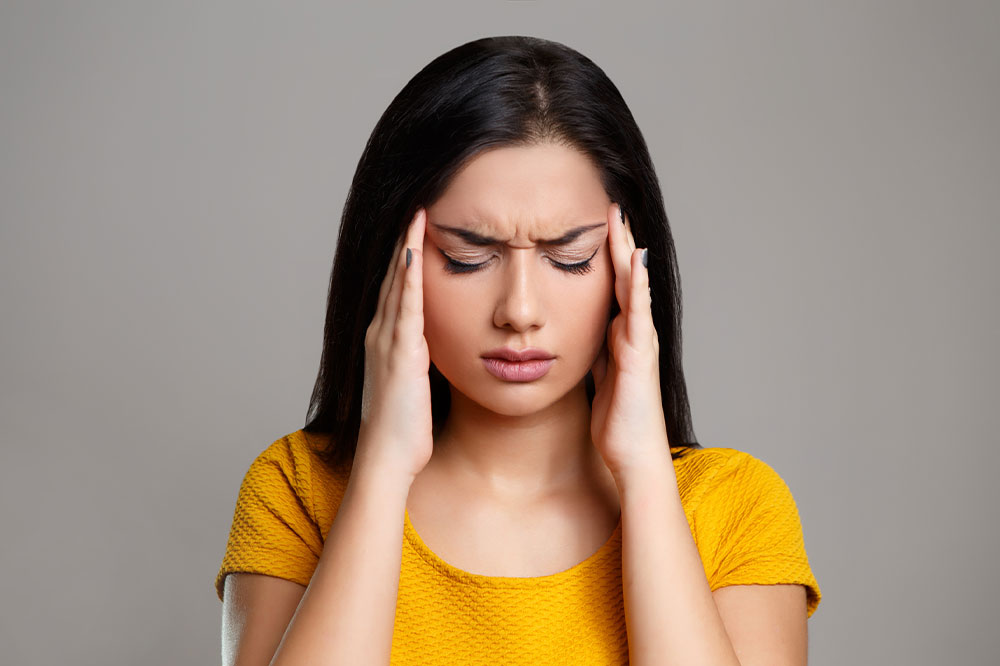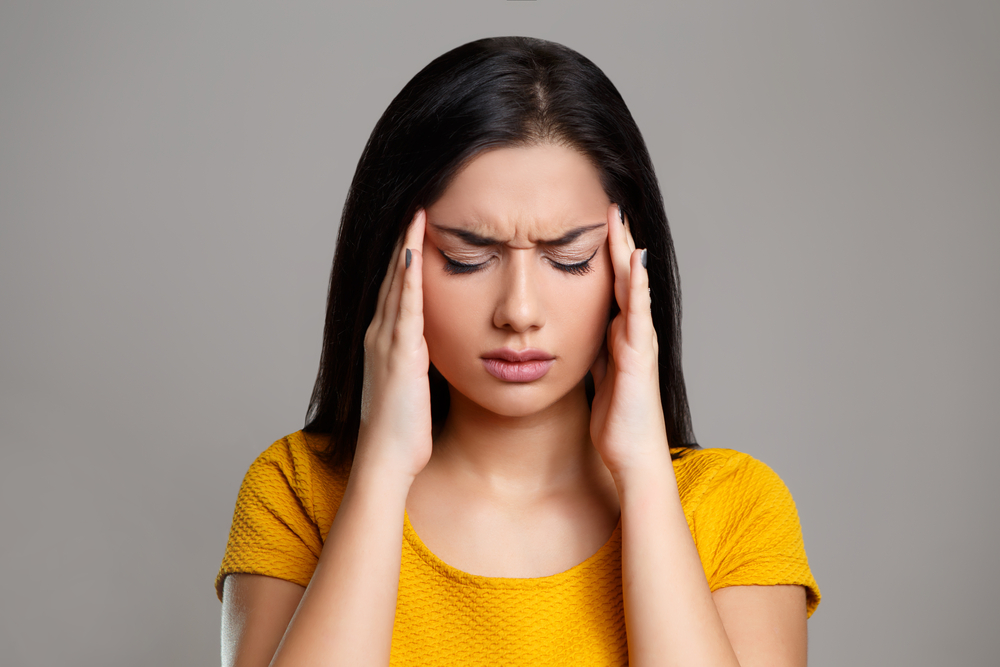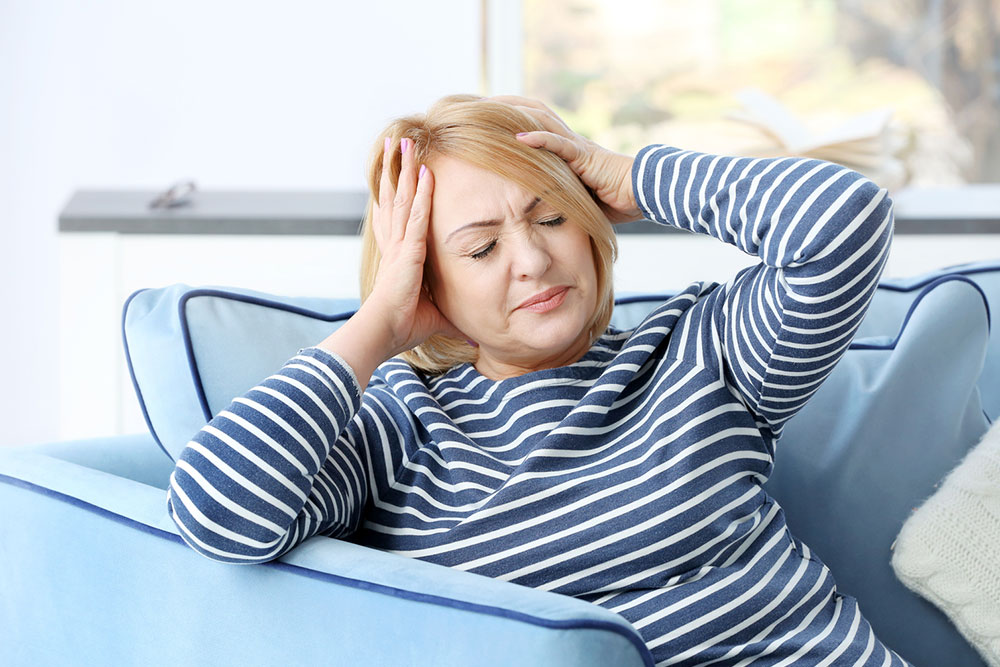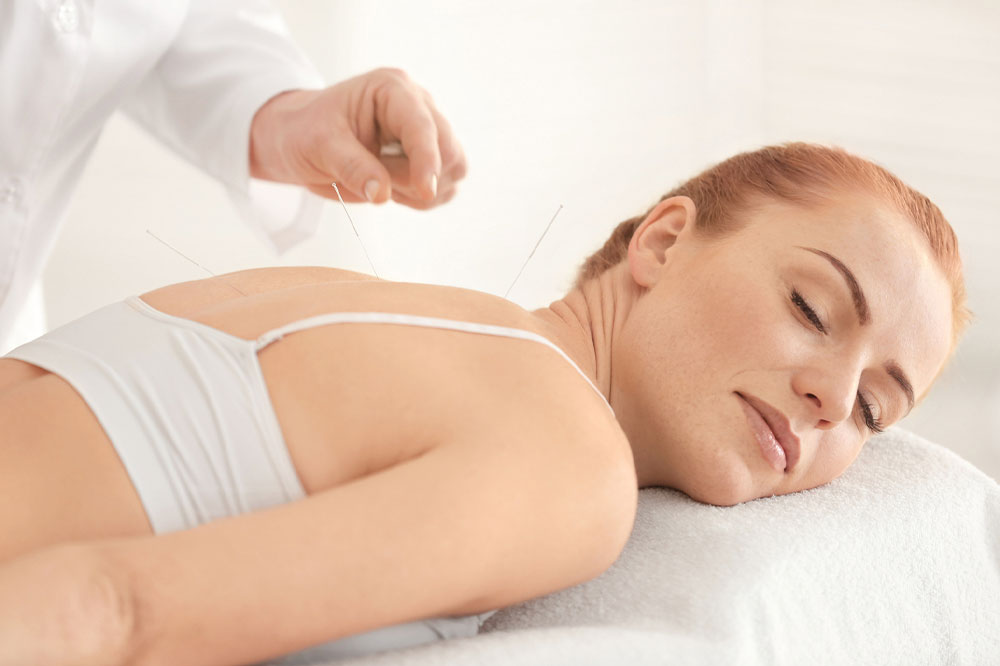Effective Home Remedies to Combat Persistent Headaches Naturally
Discover comprehensive home remedies for persistent headaches, including lifestyle changes, environmental adjustments, and natural therapies. Learn how to reduce pain effectively and prevent future episodes with simple, practical strategies that promote relaxation and muscle relief, helping improve your overall well-being without relying solely on medication.

Effective Home Remedies to Combat Persistent Headaches Naturally
Headaches are a common affliction affecting millions worldwide, impacting daily life and productivity. These painful episodes can be caused by a wide range of factors including stress, dehydration, muscular tension, poor posture, environmental triggers, and even underlying health issues. While many turn to medications for relief, long-term reliance might not always be ideal due to potential side effects or interactions. Fortunately, there are numerous natural and effective home remedies that can help alleviate headache pain without the need for pharmaceuticals. Implementing these strategies can improve your quality of life and empower you to manage headaches more effectively.
Understanding the Causes of Headaches
Before diving into remedies, it's essential to understand the common causes of headaches to identify what might be triggering your discomfort. Stress is a significant contributor, often leading to muscle tension in the neck and shoulders. Dehydration can also cause headaches, as water is crucial for maintaining optimal bodily functions. Poor posture, especially during extended screen time or reading, is another frequent culprit, leading to strain on the neck and head muscles. Additionally, external factors such as bright lights, loud noises, or environmental allergens can exacerbate headache symptoms. Recognizing these factors can help you tailor your approach to headache relief more effectively.
Home Strategies to Alleviate Headaches
1. Minimize External Pressure
One simple yet effective way to reduce headache frequency and intensity is to eliminate external pressure on your head. Tight hairstyles like ponytails, buns, or braids can constrict blood flow and contribute to tension headaches or migraines. Wearing tight hats or headbands might also increase discomfort, especially during headache episodes. Opt for loose hairstyles or no hairstyle at all when experiencing pain. Additionally, choose comfortable, breathable hats instead of tight-fitting ones when outdoors. Being mindful of external pressures and making these adjustments can lead to immediate relief by easing tension and improving circulation in your scalp and head area.
2. Incorporate Warm Showers or Baths
Taking a warm or lukewarm shower is a natural method to relax tense muscles surrounding the neck and shoulders. The warmth encourages blood circulation and alleviates muscular tension, which is often associated with headache pain. For best results, focus on massaging your neck and shoulder areas while showering, or alternatively, soak in a warm bath to enhance relaxation. The soothing effect of warm water can help reduce sinus pressure if sinus-related headaches are your concern. Regular use of this practice, especially during or after stressful days, can serve as a comfort measure to prevent or diminish headache severity.
3. Create a Calm, Dimly Lit Environment
Bright lights and loud sounds can intensify headache symptoms, especially for individuals sensitive to light or prone to migraines. Resting in a dark or dimly lit room can significantly alleviate discomfort by decreasing sensory overload. Utilize blackout curtains, eye masks, or soft lighting to create a peaceful environment conducive to rest. This practice helps reduce the strain on your visual and nervous system, allowing your body to recover more quickly. Ensuring minimal environmental stimulation during headache episodes can be a crucial factor in pain management and recovery.
4. Improve Posture During Smartphone and Computer Use
Poor posture is a common contributor to tension headaches. Bending your neck downward while texting, browsing, or working on a computer can strain neck muscles and induce headaches over time. To prevent this, keep your smartphone or device at eye level and sit upright with your shoulders relaxed. Use ergonomic accessories like adjustable chairs, stand-up desks, or supportive pillows to promote good posture. Regularly taking breaks to stretch and change positions can further reduce muscle tension, decreasing the likelihood of headache onset associated with repetitive strain.
5. Use a Dental Guard for Clenching and Grinding
Chronic dull headaches might sometimes be caused by bruxism, which is teeth grinding or jaw clenching, often occurring during sleep or stressful periods. Wearing a dental guard or night splint can protect your teeth from damage and help maintain proper jaw alignment. This device also relieves pressure and tension in the jaw muscles, which can significantly reduce headache frequency and intensity. Consulting your dentist for a custom-fit guard can ensure proper protection and comfort. In addition to using a dental guard, practicing relaxing jaw exercises and managing stress can further decrease jaw-related headaches.
Additional Lifestyle Tips for Headache Prevention
Incorporating lifestyle changes can be just as effective as home remedies in managing persistent headaches. Staying well-hydrated by drinking plenty of water throughout the day prevents dehydration-triggered migraines. Adopting regular breathing exercises or mindfulness meditation can help reduce stress levels, a common headache trigger. Maintaining a consistent sleep schedule ensures your body remains well-rested, decreasing the chances of headaches caused by fatigue or irregular sleep patterns. A balanced diet free from known triggers such as certain cheeses, processed foods, or caffeine can also alleviate pain episodes.
When to Seek Medical Advice
While home remedies and lifestyle adjustments are effective for many, persistent or severe headaches should prompt a consultation with a healthcare professional. If headaches are sudden, intense, or accompanied by symptoms like blurred vision, dizziness, weakness, or nausea, seek medical attention promptly. Identifying underlying health issues such as migraines, tension headaches, or other neurological conditions is essential for targeted treatment. Your healthcare provider can recommend appropriate tests or therapies that may include medication, physical therapy, or other interventions.
Conclusion
Managing persistent headaches naturally at home involves a combination of mindful practices, environmental adjustments, and lifestyle changes. Simple measures such as reducing external pressure on your head, taking warm showers, resting in dimly lit environments, improving posture, and using dental guards can significantly diminish headache frequency and severity. Incorporating these strategies into your daily routine empowers you to take control of your health, reduce dependency on medication, and improve your overall well-being. Remember, understanding your specific triggers and working with healthcare providers when necessary can ensure comprehensive management of head pain and enhance your quality of life.





